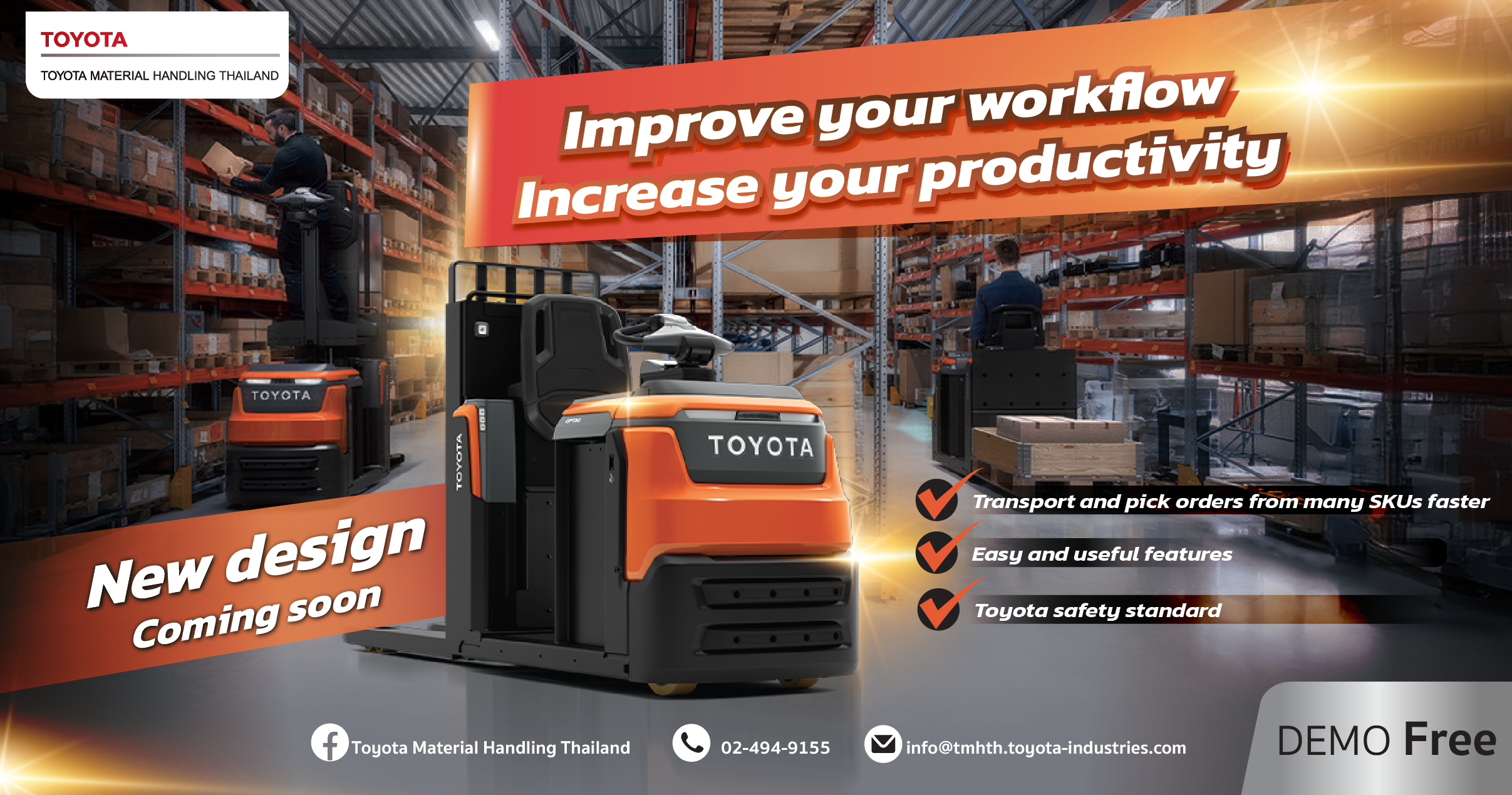
Another crucial process that significantly impacts overall warehouse operations is Order Picking. This process plays a vital role in enhancing warehouse performance by reducing operational costs, increasing the efficiency of material handling equipment usage, and boosting productivity. When examining the Order Picking process more closely, we find that Fast Moving Consumer Goods (FMCG) that are frequently moved or handled within the warehouse account for only about 20% of the inventory. However, they represent up to 80% in terms of importance when compared to the total stored goods. These items are typically stored on ground-level or on 1st level racks no higher than 2 to 3 meters above the floor. This specific process is called Low-Level Order Picking.
When considering additional factors present in the warehouse environment such as product weight, shape, pallet type, and the number of items picked per cycle it becomes clear that selecting the right material handling equipment, such as forklifts, that are specifically suited for Low-Level Order Picking is equally essential from the outset. Key features that such equipment should possess include high acceleration, ease of entry and exit for operators, ergonomic design to support operational efficiency, integrated safety systems, and other operator-friendly technologies. With these factors in mind, Toyota Material Handling places great emphasis on every aspect of designing its Low-Level Order Picker products. The company is now taking this a step further by redesigning the product to better meet the evolving needs and increasing diversity of users, in line with the growth of the warehouse market segment.
Let’s take a look at the redesigned OPTIO L-SERIES and the features it offers to elevate your warehouse’s Low-Level Order Picking process.
- New Design It has been redesigned to enhance operator platform stability, featuring an upgraded steering that improves driving performance, including directional control and turning. Battery access is now more convenient with a new locking system. Additionally, more storage compartments have been added to support the order picking process more effectively.
- Ergonomics Operator-friendliness is a top priority. Key features include reduced vibration levels, a wide step-in area for easy access, soft knee pads at contact points, and a foldable seat that allows operators to maintain a semi-sitting, leaning posture. This helps minimize fatigue during extended work periods.
- Productivity The platform can now be raised higher, allowing for improved access. The walk-along control buttons are easier to operate, energy consumption is reduced while overall efficiency is increased, and the compact, user-friendly E-Bar option further enhances workflow support.
- Enhanced Safety The chassis is equipped with Daytime Running Lights, Blue/Red LED Warning Lights, and a PIN code system to enhance operational safety. The lowered chassis design improves visibility, while the specially raised backrest provides excellent support for the operator’s back during use.
Get ready for the REDESIGN of the Low-Level Order Picker and further information soon. If you would like to see more details, please click this link.